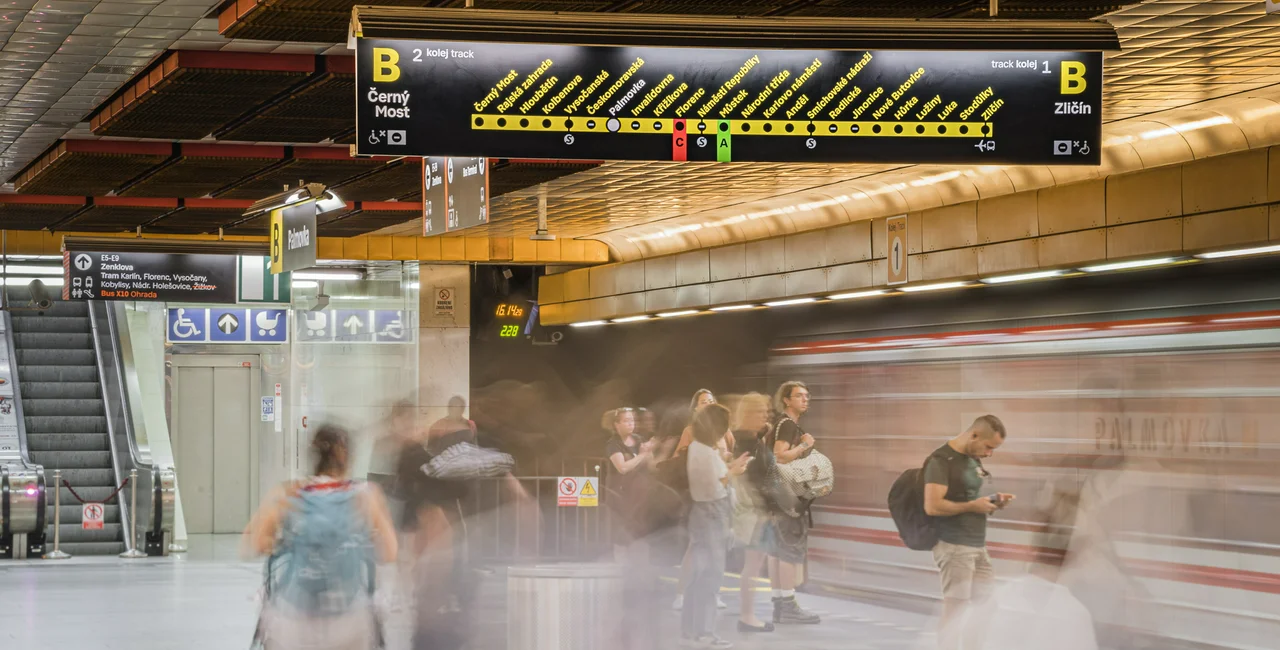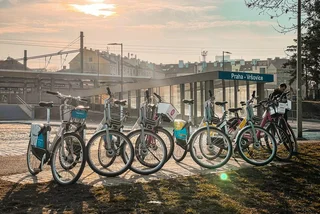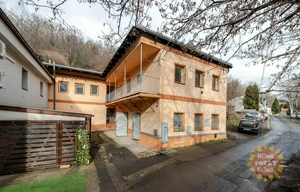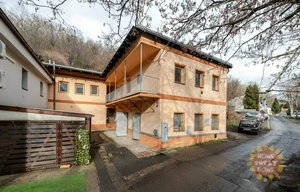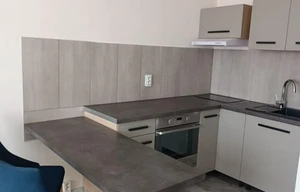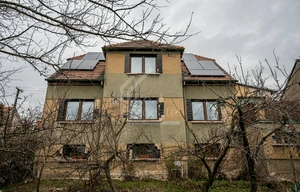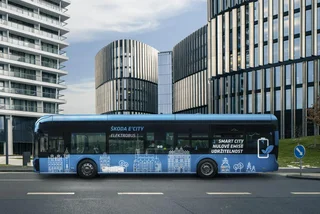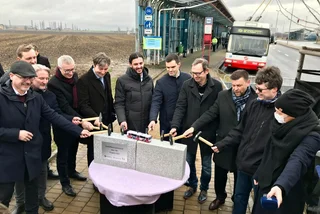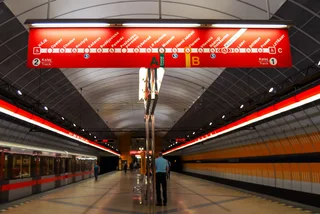Finding your way in Prague’s transit system should start getting easier, as a new and more modern system of signs is now being tested.
The first new navigation and orientation signs have gone up in Prague’s Palmovka metro stop. People can already see them on the platform and in the west concourse of the station. The second half of the station retains its current form for comparison. After subsequent pilot testing, the new system will be extended to other stations.
The signs are part of the Legible Prague (Čitelná Praha) project. Graphic studio Side2 won an international graphic design competition for the new information system at the start of the year. Work to prepare individual pilot projects then began. Palmovka, the first station to get the new graphics, will be followed by the Háje and Karlovo náměstí metro stations. New signs for pedestrians will also be tested at Palackého náměstí.
1/3 Čitelná Palmovka: Praha má prvnà stanici metra v nových barvách
— PID (@PIDoficialni) September 5, 2022
Ve stanici metra Palmovka jsme spustili pilotnà testovánà nové grafiky od studia Side2, které vyhrálo mezinárodnà graficko-designérskou soutěž na novou podobu informaÄnÃho a navigaÄnÃho systému mobility v Praze. pic.twitter.com/ZLK2wJI8OX
“Prague has a new, clear, and user-friendly citywide orientation and navigation system. So far it was only on paper. Now everyone has the opportunity to see the new form of the signs with their own eyes,” Prague Deputy Mayor Adam Scheinherr, responsible for transport, said.
“Gradually, we will be introducing more of each element, whether it be maps of the surrounding area, pedestrian navigation obelisks, and directional signs, or totems highlighting access to the metro or train stations,” he said.
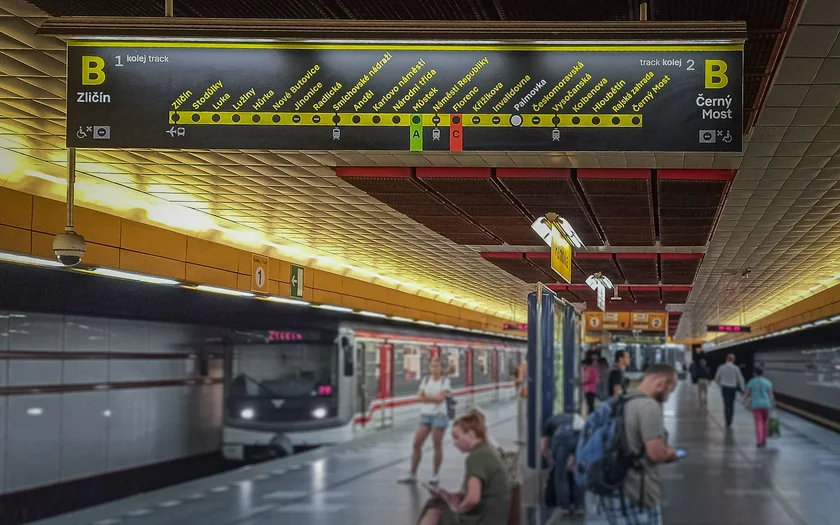
The city will take surveys from passengers to see how they like the new signs. “Thanks to the feedback, we will adjust the system to the form that people need on their daily journeys,” he said, adding that this was the first time the public participated in designing the navigation system.
The current navigation system has its roots in the 1970s and 1980s. The new system retains some of its best elements, but it has not been updated or systematically developed in decades. “I cannot imagine there being an information system from the last century that does not work with what today’s top designers can do and with the wealth of online information we have available. It's like putting a compass in your new car instead of satellite navigation,” Scheinherr said.
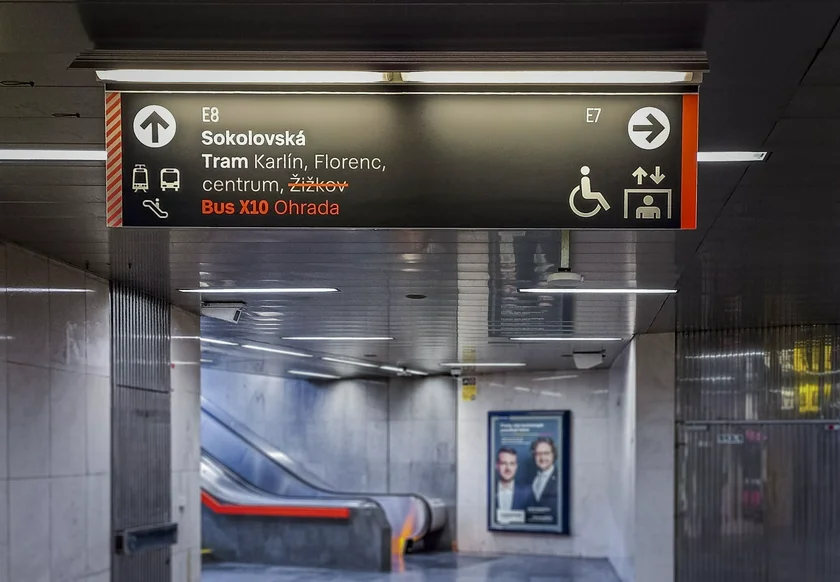
Tomáš Machek of Side2 design studio said the main challenge was to adapt the new graphics to the existing sign shapes.
“In this pilot phase, we are focusing mainly on readability, font size, and comprehensibility. Next, we will test how the chosen materials behave in the current lighting conditions. However, we believe that by switching to new sign backings, we will also be able to provide passengers with more comprehensive information about subsequent surface transport in the future," Machek said.
Petr Witowski, chairman of the Board and CEO of the Prague Public Transit Company (DPP) said that people recently commemorated 20 years since the floods devastated Prague’s metro system.
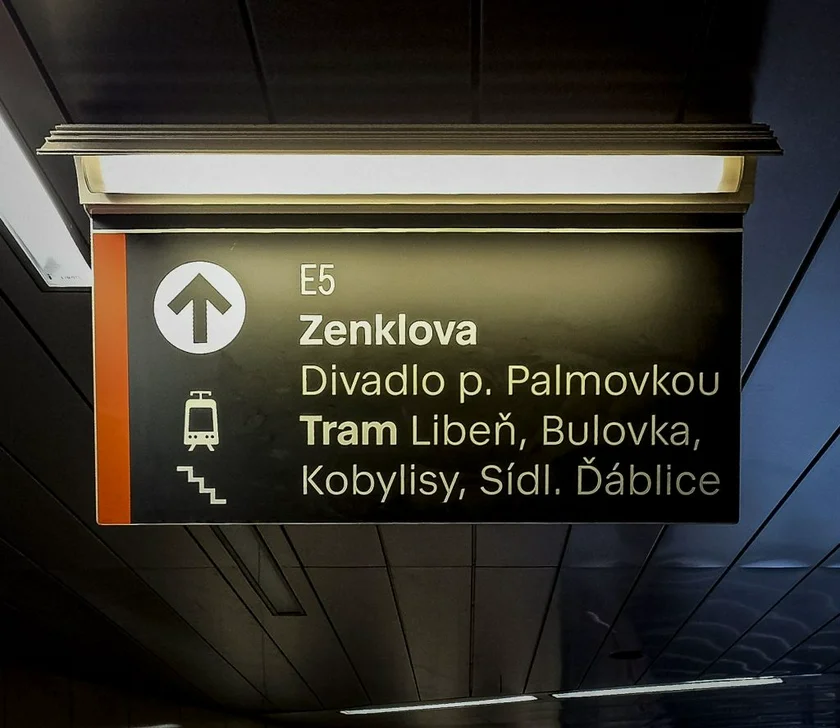
“After 20 years … we are returning to what we used in the metro before the floods, the negative concept of a black background and white text,” he said.
He is looking forward to the further development of the new system. “We will be very interested in the reactions of ordinary passengers, especially their experiences with basic user parameters such as the legibility of the new navigation elements, their clarity or comparison with the existing system,” he said.
What do you think of the new navigation signs?
He added that cost was an important factor, as the Covid pandemic and now high energy costs have had a heavy impact on the transit system’s finances. Replacing old signs with new ones will mainly take place during renovations.
Petr Tomčík, director of regional transit organizer ROPID, said that there will be new digital information screens at bus stops and in large transfer terminals to improve transfers between different modes of transport. “We also want to expand the online information in vehicles, where we will also address a new clearer graphic design of this information,” he said.
The installation of individual elements in the pilot locations will be followed by user surveys where people will be asked ask about their detailed needs. Traffic behavior will be monitored in the pilot locations to help adapt the system. More new elements will be introduced and user testing will take next year. After that, the final version of the graphics will be defined in a manual and a database will be completed for the gradual implementation of the new system throughout Prague.












 Reading time: 3 minutes
Reading time: 3 minutes 